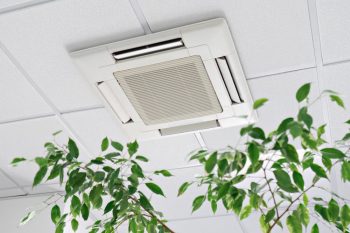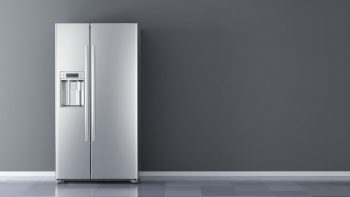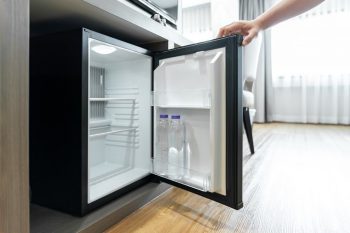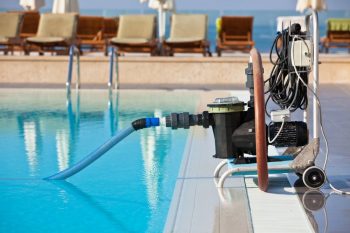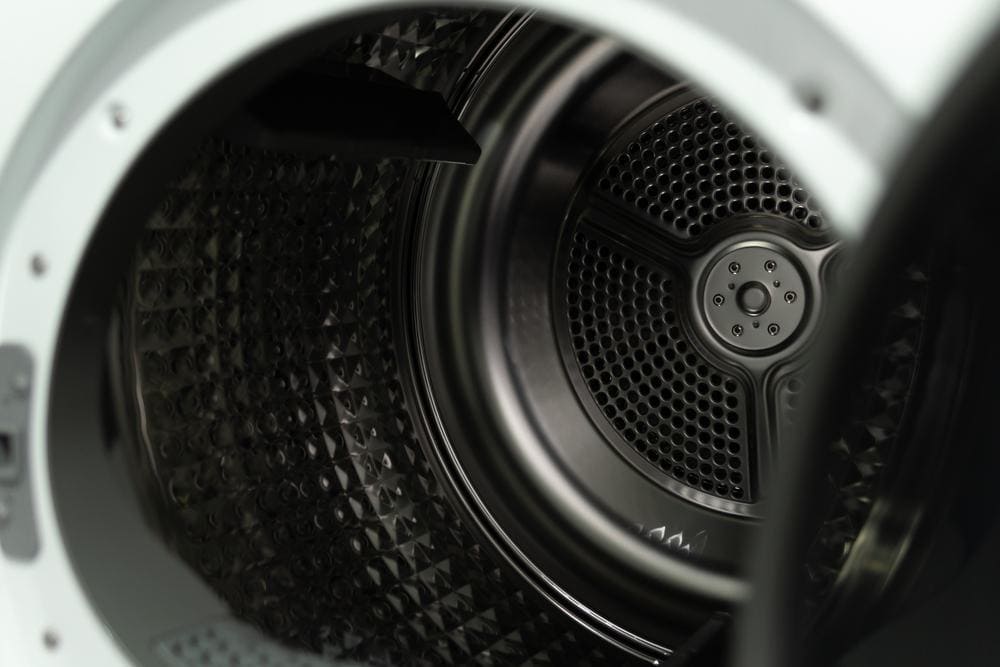
When it comes to household appliances, dryers are essential for many families. However, choosing the right dryer can be a challenge, especially when you’re faced with the decision between a front load and top load dryer. This comprehensive guide will provide an in-depth comparison of the two, discussing their differences, pros and cons, and essential features to consider when buying.
Choosing between a front load and top load dryer depends on your specific needs and preferences. Front load dryers are generally more energy-efficient, offer more features, and can be stacked with front load washers, but they are typically more expensive. Top load dryers, on the other hand, usually have a larger capacity, are easier to load and unload, and are more affordable, but they are less energy-efficient and require more space.
Primary Differences Between Front Load and Top Load Dryers
The main differences between front load and top load dryers lie in their drum orientation, capacity, energy efficiency, price, and aesthetics.
Drum Orientation
Front load dryers have a horizontal drum orientation, while top load dryers have a vertical one. This difference in design impacts how the clothes are tumbled during the drying process.
Capacity
Front load dryers generally have a larger capacity than top load dryers. This difference, however, is not substantial and both types can handle a significant amount of laundry.
Energy Efficiency
Front load dryers are more energy-efficient than top load dryers. They offer better heat distribution and moisture removal, which contributes to their superior energy efficiency.
Price
Front load dryers are typically more expensive than their top load counterparts. This higher price tag often comes with more advanced features and better aesthetics.
Aesthetics
Front load dryers are designed to match the appearance of front-loading washers. They usually have a window, while traditional top load dryers may not.
Energy Efficiency Comparison
Energy efficiency is a crucial factor to consider when choosing a dryer. Front load dryers are generally more energy-efficient, thanks to their design and advanced features. They offer better heat distribution and moisture removal, which reduces energy consumption. On the other hand, top load dryers are not as efficient due to their design, which flips the laundry as it turns, making it less effective at distributing heat and removing moisture.
Load Capacity
While there might be some differences in capacity between front load and top load washers, the difference in load capacity between front load and top load dryers is not significant. Both types can handle a considerable amount of laundry, making them suitable for most households.
Cleaning Performance
Front-load washers generally have better cleaning performance than top-load washers due to their tumbling wash motion. However, both front load and top load dryers are effective at drying clothes. The effectiveness of the cleaning performance also depends on factors such as the detergent used, water temperature, wash cycle selection, and the specific features and technologies incorporated into the washer.
Pros and Cons of Front Load and Top Load Dryers
Every type of dryer has its own set of advantages and disadvantages. Here’s a quick rundown:
Front Load Dryers:
Pros: – More energy-efficient – Can be stacked with front load washers – Offer more features – Gentler on clothes – More accessible for shorter people or those in wheelchairs
Cons: – More expensive – Require bending or squatting to load and unload laundry
Top Load Dryers:
Pros: – Generally have a larger capacity – Usually cost less – Easier to load and unload laundry – Faster cycle times and less maintenance required
Cons: – Less energy-efficient – Not stackable, requiring more space
Important Features to Consider When Buying a Dryer
When buying a dryer, consider the following features: – Gas or electric: Determine which type of dryer is best for your home based on your available connections and energy preferences. – Capacity: Choose a dryer with a capacity that can handle your typical laundry load size. – Vented or ventless: Vented dryers are more common and work faster, but ventless dryers are more energy-efficient. – Settings: Look for a dryer with variable settings for time and temperature. – Design features: Consider the dryer’s appearance and whether it matches your washer and laundry room decor. – Energy rating: Check the energy efficiency of the dryer. – Noise: Some dryers have noise dampening features. – Price: Set a budget and stick to it, while considering the long-term costs of energy usage and maintenance.
In conclusion, the choice between front load and top load dryers depends on your specific needs, preferences, and available space. Front load dryers are generally more energy-efficient and can be stacked with front load washers, while top load dryers have larger capacities and are easier to load and unload. Consider these factors when deciding which type of dryer is best for your household.
Frequently Asked Questions
How does the lifespan of front load and top load dryers compare?
Generally, both front load and top load dryers have a similar lifespan, which is typically around 10 to 13 years. However, the actual lifespan can depend on factors such as the model, how often it’s used, and how well it’s maintained.
Is one type of dryer easier to repair than the other?
Not necessarily. Repairs can depend on the specific issue and the model of the dryer. However, top load dryers are often considered easier to repair because they tend to have simpler mechanics.
Does one type of dryer cause more wear on clothes than the other?
Front load dryers are generally considered gentler on clothes than top load dryers. This is because they tumble the clothes, which is less damaging than the agitator in top load dryers.
Can top load dryers be stacked with top load washers?
No, typically top load dryers cannot be stacked with top load washers due to the design and loading mechanism. Stacking is generally reserved for front load washers and dryers.
Are there any special installation requirements for front load and top load dryers?
Both types of dryers require similar basic installations, including a proper electrical outlet and venting system. However, if you plan to stack a front load dryer with a front load washer, you may need a stacking kit. Always refer to the manufacturer’s installation instructions for specific requirements.


